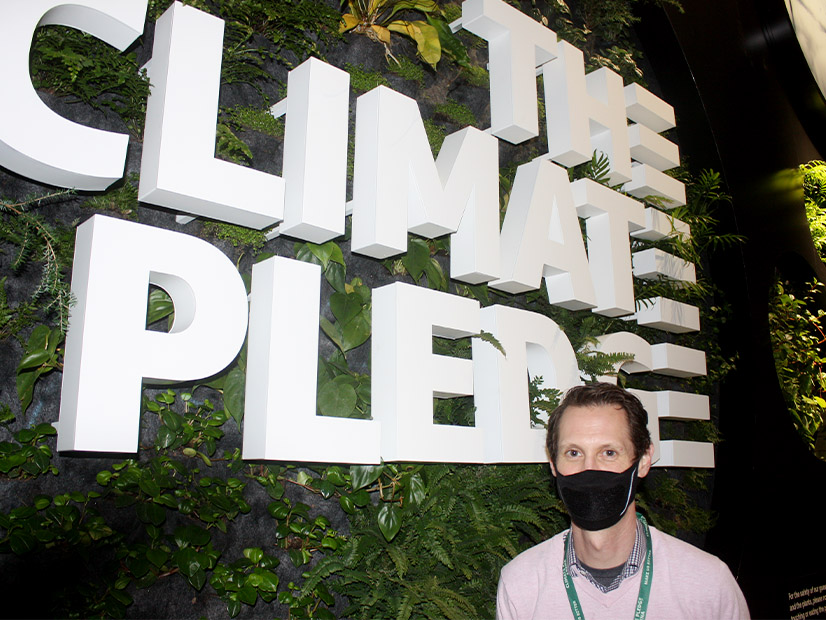
The name of the Climate Pledge Arena might seem weirdly political and “woke.”
However, it fits right in with liberal, green Seattle as a giant $1.15 billion sports and concert coliseum and one of the largest — if not the largest — (nearly) net-zero buildings in the U.S.
Seattle-based Amazon became a sponsor of the facility and picked the name, which locals rattle off without a hint of finding it odd.
Opening on Oct. 19 with a Foo Fighters concert, the structure is so anti-greenhouse gas that the carbon footprints of visiting hockey teams flying in and out of Seattle will be factored into its mission of generating zero emissions.
“It’s an important statement,” Rob Johnson, vice president of sustainability and transportation for the arena and its main occupant, the new Seattle Kraken National Hockey League team, told NetZero Insider.
That’s because its owners and developers — the Seattle Center, Oak View Group (OVG) and the Kraken — take global warming seriously and want to show that a huge structure can be carbon-neutral, he said. Based in Los Angeles, six-year-old OVG is a sports and entertainment building corporation founded by live music promoters Tim Leiweke and Irving Azoff.

The 74-acre Seattle Center was the site of the 1962 World’s Fair and is home to the iconic Space Needle. That World’s Fair featured the opening of the Washington State Pavilion, which then went through several name changes until it became Key Arena from 1995 to 2018. OVG then renovated the building, now renamed Climate Pledge Arena.
Only the steel roof of Key Arena, dating back to 1962, remains because it was declared a Seattle landmark in 2017. The renovated 740,000-square-foot arena extends 58 feet — four floors — beneath the ground’s surface. That’s 15 feet deeper than Key Arena.
The refurbished arena can seat 17,100 people for a hockey game and 18,100 for a basketball game. In addition to the Kraken, the arena is the home to the WNBA Seattle Storm, and the city hopes to replace the NBA SuperSonics, which left for Oklahoma City in 2008. The building can also handle a concert crowd of up to 17,200.
But what puts this colossal arena on the road to becoming a zero-carbon emitter?
First, Climate Pledge Arena has a goal of being powered only by renewable energy sources, Johnson said.
The arena’s new atrium holds 500 solar panels that are expected to provide 3-5% percent of its electricity. Seattle City Light provides the rest of the power, with the arena backing the utility’s development of enough solar and wind sources to eventually allow all its power to be derived from renewable resources. Until that happens, the arena will buy renewable energy credits from various utilities.
The arena has been catching Seattle’s steady rains and collecting the water in a 15,000-gallon tank to create and maintain the ice for the hockey games.
The arena’s zero-emissions ambition includes Johnson’s efforts to track the carbon footprints of the vendors supplying food, drink and other supplies, seeking business partners with little or no net-carbon emissions when they send items to the coliseum. And Johnson will do the same tracking of airplane emissions for Kraken (and Storm) opponents when they fly in and out of Seattle for games at Climate Pledge Arena. He is trying to come up with measures to offset the carbon from those airplane trips.
Johnson hopes Climate Pledge Arena will be certified as a zero-emissions building by late 2022, meaning 100% of its carbon emissions will be offset by physical measures or renewable energy credits. The certifying organization will be the Seattle-based International Living Future Institute, which has said the arena will likely be the first sports coliseum to offset all its GHGs. A third party annually will audit the arena’s net carbon footprint to ensure the coliseum can maintain that certification.

